Have you ever noticed the motifs on a hanfu? They are diverse and can even be considered the finishing touch to a hanfu. Maybe it is some kind of animal from ancient times or different kinds of plants to match. Most of them have a special meaning, and some fantastical motifs even contain mythological stories.
Animal Motifs
Qilin Motifs
Although the production environment of the ancients was much less than the modern society, the ancients never skimped on their imagination when it came to creating sacred animals. For example, the Qilin (麒麟).
With a dragon head, deer antlers, cow hooves, and lion's tail, the Qilin changed several times before the Tang Dynasty and had no fixed appearance. In the Song Dynasty, the body became a common lion-shaped scaly body, basically into the current form.
In "Fantastic Beasts 3: The Mystery of Dumbledore", the Qilin appears as a new fantastic beast. This is the second Chinese mythical creature launched in the "Fantastic Beasts" series, Zouwu from the "Shan Hai Jing" appeared in "Fantastic Beasts 2: The Crimes of Grindelwald".
Qilin is a symbol of auspiciousness and has a very high status in ancient times, and has been assigned with simple and good wishes. There are legends such as the Qilin sending a child and the Qilin sending the jade book.
As a dress pattern, Qilin was usually used on noble dresses as a reward from the emperor. In the Ming Dynasty, only the fifth-ranking officials could wear the Qilin pattern, but Emperor Zhengde liked to reward the officials with luxurious costumes, which led to the officials who were not given and the wealthy merchants in the private sector following suit and pursuing new and different costumes with their financial resources.
Tunshou Motifs
Tunshou (吞兽), also known as Chiwen (鸱吻), is an ancient Chinese mythological beast, is the image of the dragon's head and fish body.
It is an embellishment commonly found on both ends of the ridge of ancient Chinese architecture, making the roof joint tightly sealed to prevent rainwater leakage, both for its decorative beauty and for its effectiveness in protecting the ridge, and also as a symbol of protection against fire.
The identity of the Tunshou is noble, as the ninth son of the dragon. Why was it set on the roof ridge?
According to legend, one day in ancient times, the dragon's two sons staged a play for the throne. They agreed that whoever swallowed the ridge first would be king. But the poor Tunshou was assassinated by his brother and was impaled on the roof ridge by sword, with the hilt still exposed.
In terms of costume, the armor shoulder decoration is Tunshou.
The two arms of a man are like the roof of a palace, and the image of the Tunshou with its teeth and mouth open is used as a decoration for the shoulders of the armor, which protects the shoulders on the battlefield, also serves as a deterrent to demons and monsters.
Tiger Motifs
In secular culture, the folkloric evil-removal pendant is very grounded, usually using a very intuitive image and allegorical meaning to express the content of the decorated object.
The tiger motif is a very common one. In ancient times, it was believed that tigers can calm evil spirits and protect the peace.
In the Dragon Boat Festival, adults will also sew some cute tiger-shaped incense sacs for children, with colored thread strings, and then put Xiong Huang inside, to avoid evil filth.
In the Ming Dynasty, people would wear clothes with the pattern of five poisons (snakes, scorpions, toads, centipedes, geckos) on the Dragon Boat Festival.
The royal family is no exception. The Dingling tomb has unearthed a costume with a tiger and five poisonous Buzi. In addition to a lying tiger and mugwort flowers, but also embroidered with five poisons.
Plant Motifs
Bao Xiang Hua Motifs
Bao Xiang Hua (宝相花), also known as the Lotus Flower, is derived from the image of the water lily, and has a folk meaning of "protection and peace". It is a pattern that has been prevalent since the introduction of Buddhism in the Wei, Jin, and North and South Dynasties.
It combines the characteristics of different flowers, and the flowers and leaves are linked together in layers, which is solemn and complicated. It presents a holy and dignified ideal flower type.
During the Tang Dynasty, the Bao Xiang Hua motifs were used in large numbers on fabrics. It also frequently appeared in movies and dramas, such as "Legend of the Demon Cat" and "The Longest Day In Chang'an".
Probably because it looked rich and festive, the artistically processed Bao Xiang Hua motifs came into the secular life.
Lingzhi Motif
As an immortal herb for longevity, Lingzhi (灵芝) has always been highly respected. The Lingzhi motif has also been given the symbolic meaning of longevity, prosperity, and good fortune.
According to "Shan Hai Jing", Emperor Yan's favorite daughter "Yao Ji" unfortunately died at a young age, so Emperor Yan took pity on his daughter and named her as " Guyao Mountain God". And her spirit was transformed into an immortal herb that could cure all kinds of diseases and revive the dead. This immortal herb is what we call Lingzhi nowadays.
Lingzhi motifs are commonly used in traditional costumes, and are often combined with peaches, Chinese characters Shou, and stones to form the auspicious motifs. It is also common to combine it with jade rabbits and Ruyi.
Immortals Motif
Yuren Motifs
In the "Shan Hai Jing", there is a record of such a magical country: the Land of the Yuren (羽人). Its citizens could live forever, with long heads, white hair, and red eyes, and were born with the sharp beaks of birds, feeding on the eggs of Luan birds.
The combined human and bird figures were a great leap in the thinking of the ancestors, and a full expression of spontaneous, archaic belief in natural deities and totem worship.
There are a great number of Yuren motifs in Taoist costumes, which graphically demonstrate the inner pursuit of Taoist priests to ascend to immortality.
The Taoist culture also influenced the costumes of the upper class. Luan birds and immortal cranes often appear as motifs, both of which are the mounts of immortals and have the beautiful symbolism of spiritual immortality and celebrating longevity.
Xi Wangmu motifs
In ancient times, Xi Wangmu (西王母) was the image of a matriarchal clan chief with tigers and leopards as totems, who sometimes lived by the Yaochi Pond at the top of Kunlun Mountain, and sometimes on Jade Mountain, which is rich in beautiful jade. And in folklore, Xi Wang Mu is the mother of the Seven Immortals and is in charge of the harem in the heavenly realm.
All women, after becoming immortals, have to report to the Xi Wangmu and be vetted by her before they enter the immortal world. The Xi Wangmu has evolved into a motherly and virtuous figure.
However, the motif of the Xi Wangmu is less common in folk costumes and is mostly used in the costumes for Qixi Festival.
Chinese myths and legends are imaginative and wonderful, derived motifs of divine animals, immortal herbs, and gods, which show us the strong cultural self-confidence contained in them. The romanticism of mythology can make people change their attitude towards the present life.
The motif culture of Chinese costume has a long history, such a huge treasure trove is waiting for you to discover. What is timeless is not limitedto one era, and motif only have value when they are used. If traditional dress patterns can return to life, the vein of Chinese culture will continue forever.
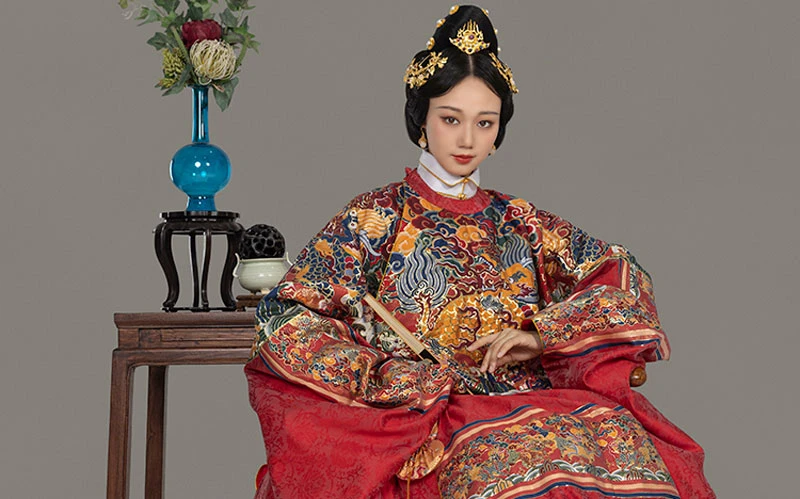
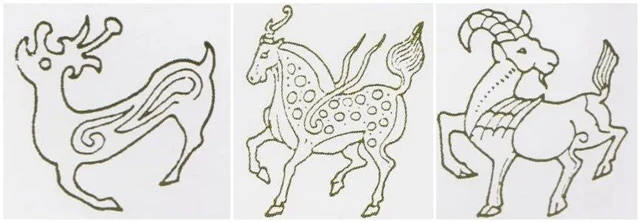
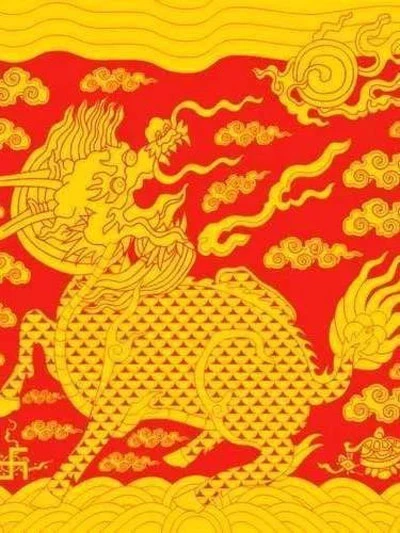
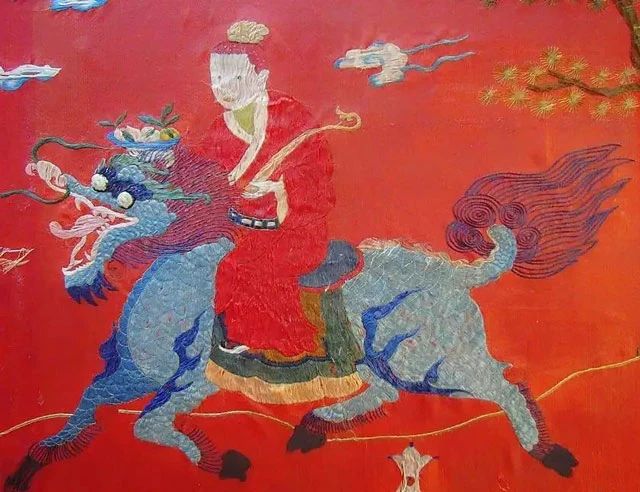
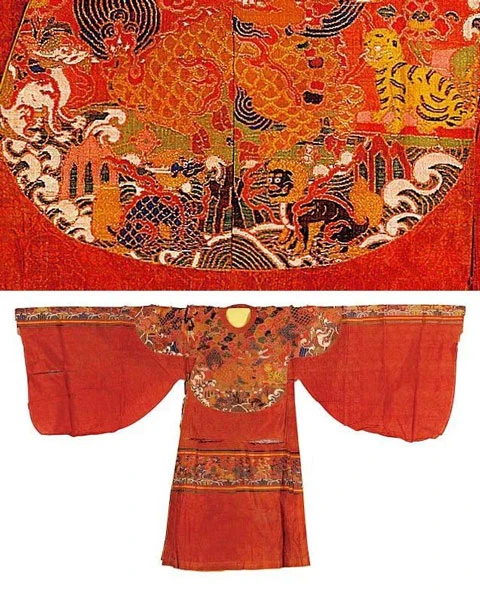
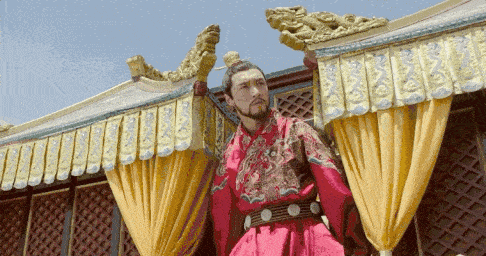
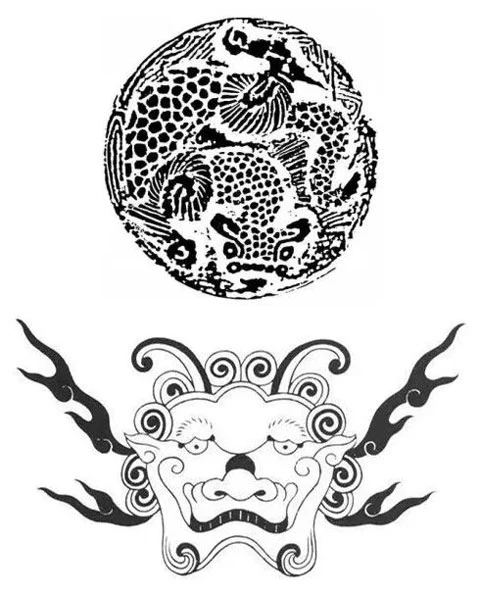
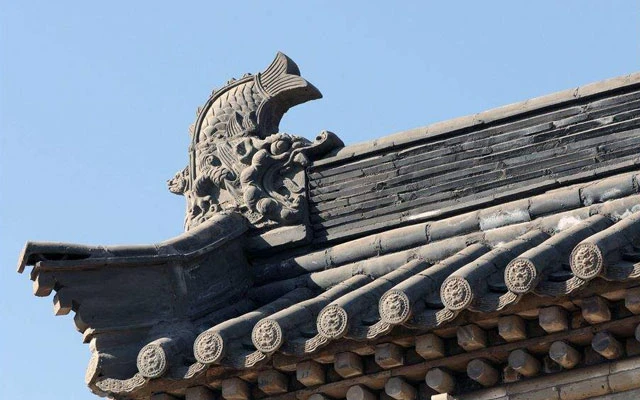
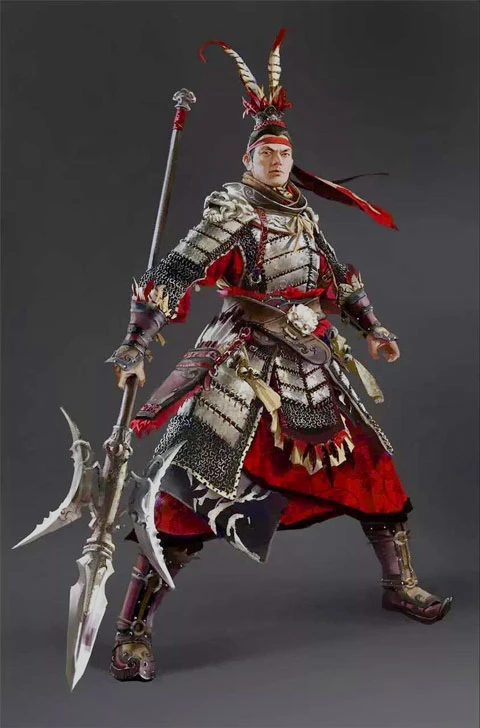
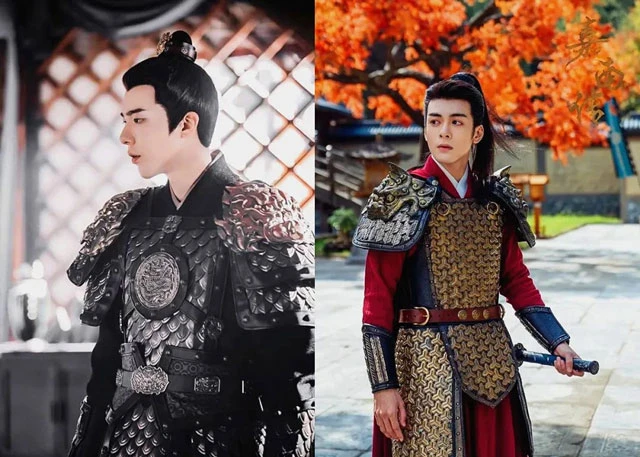
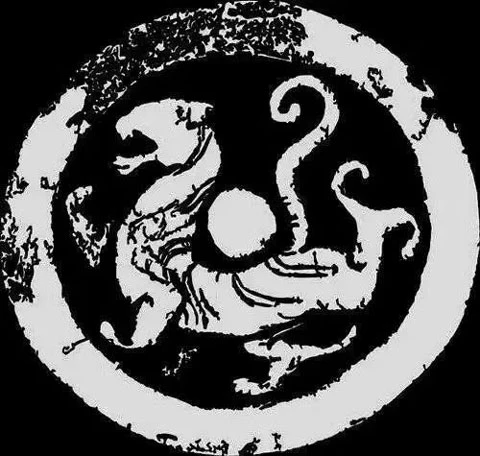
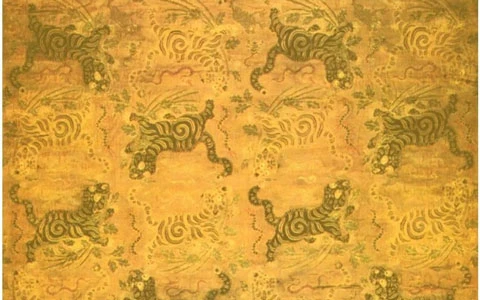
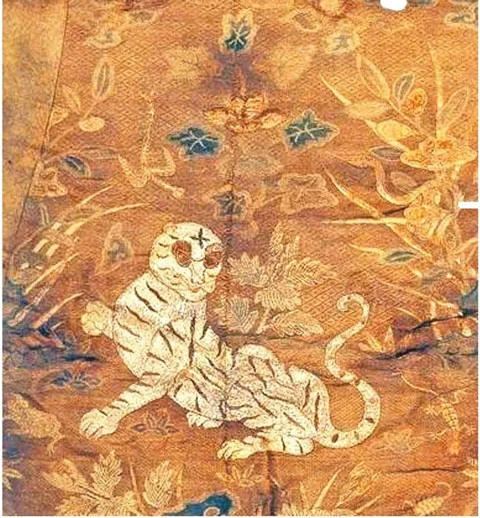
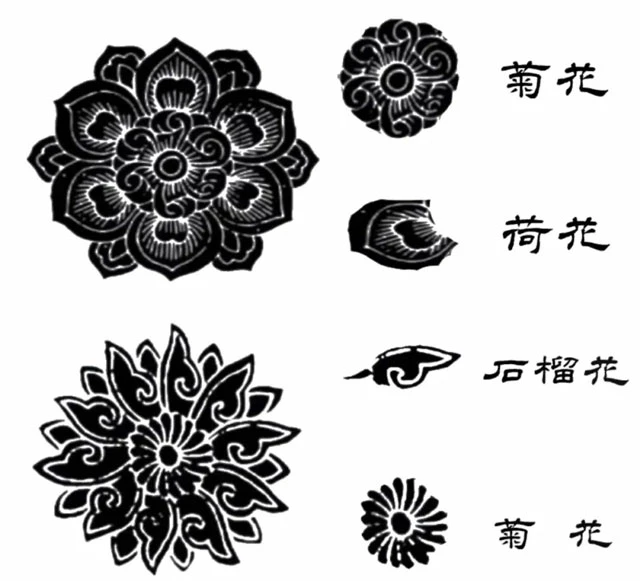

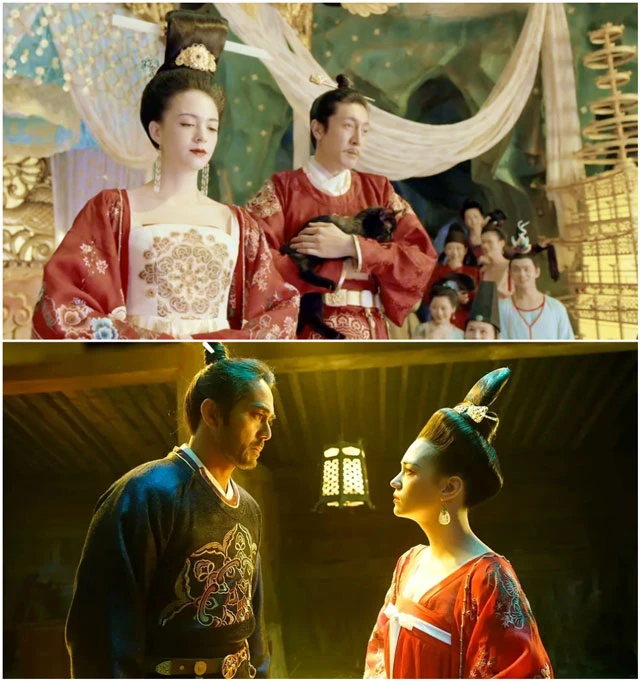
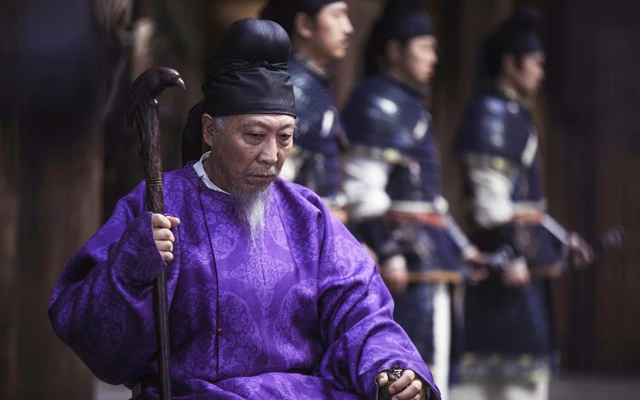
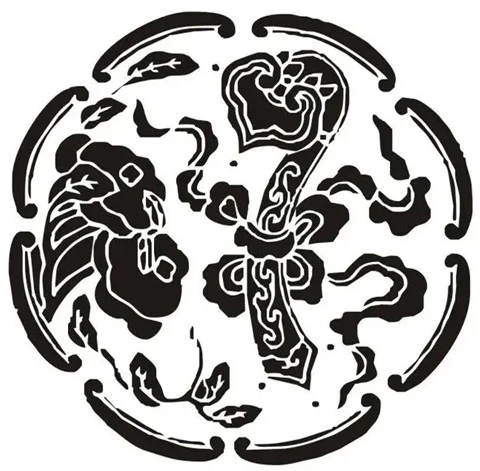
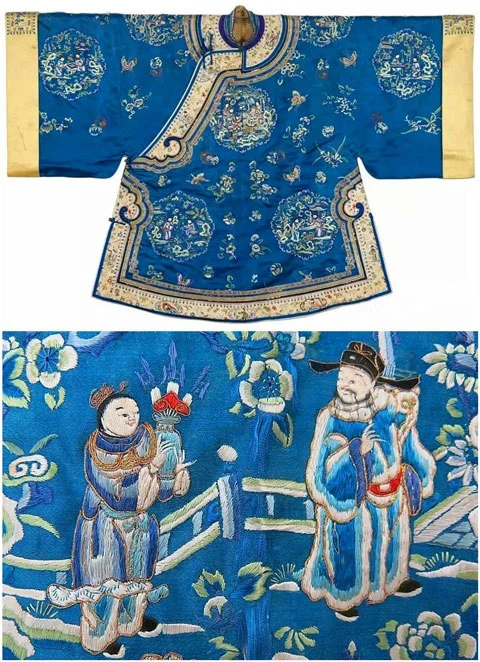
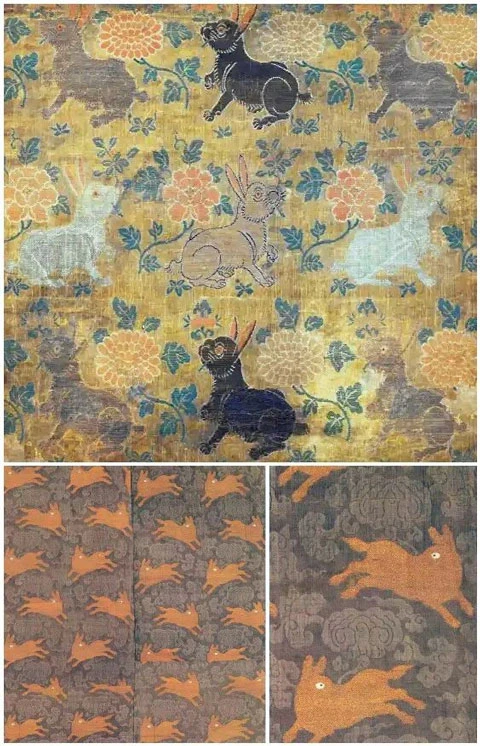
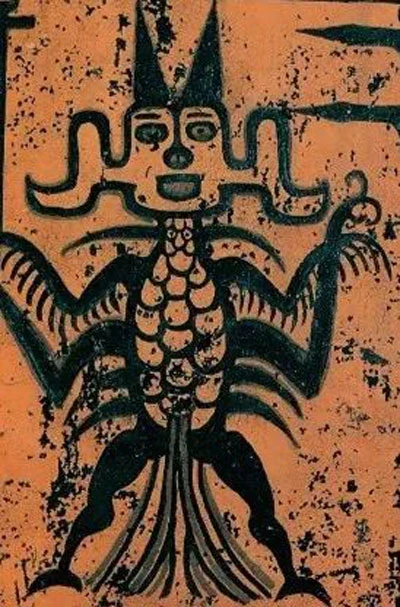
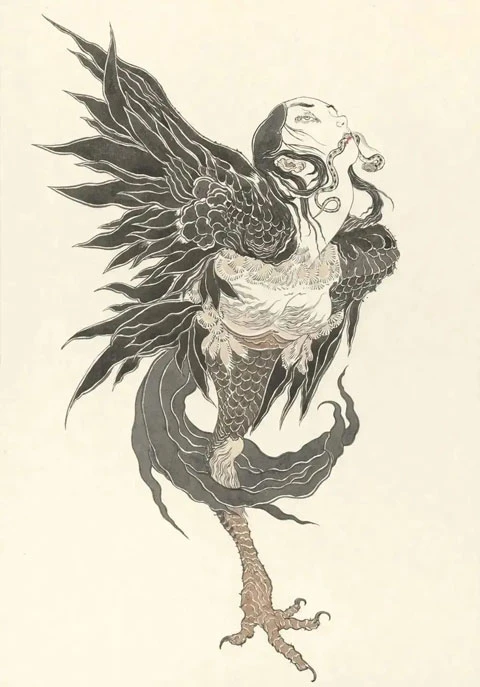
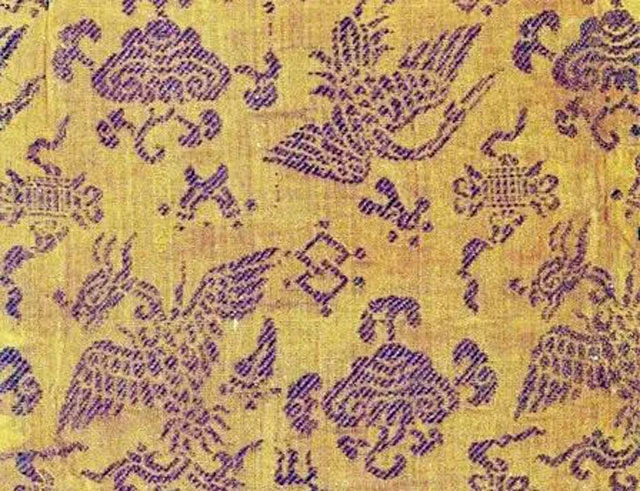
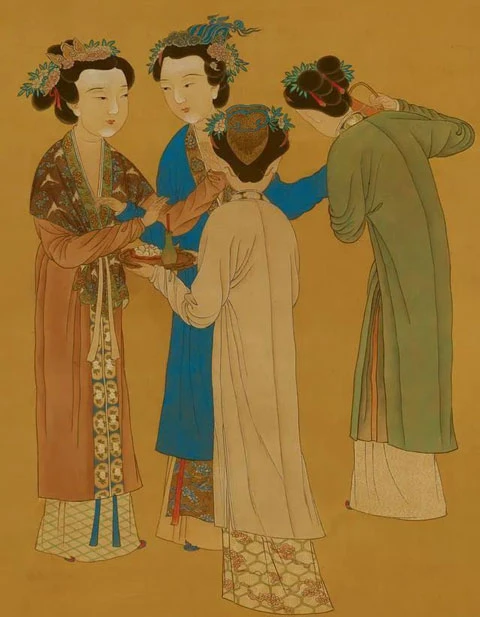
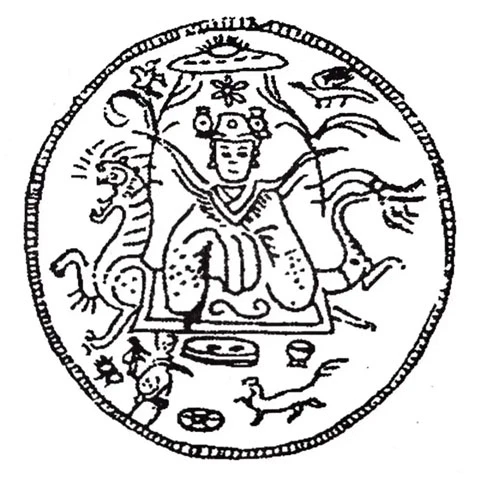
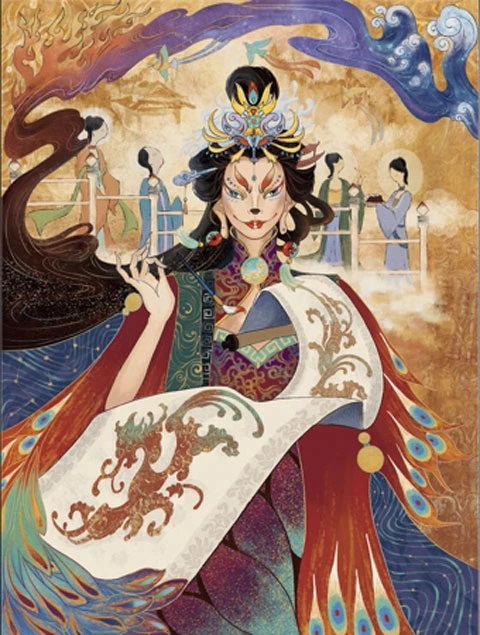
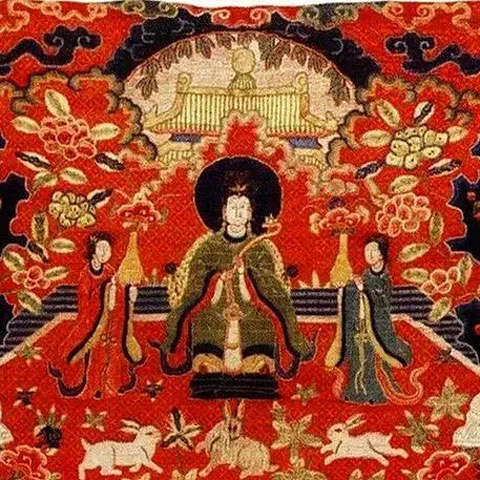
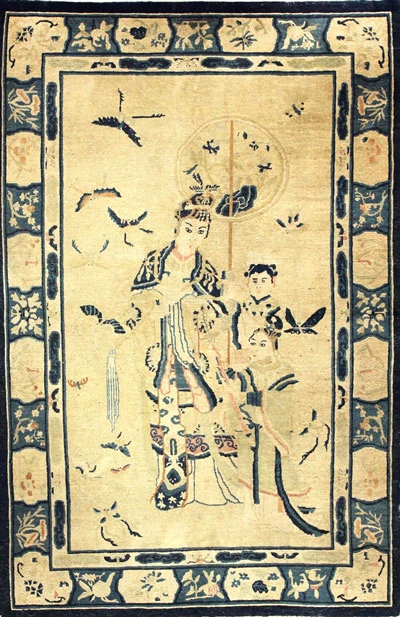


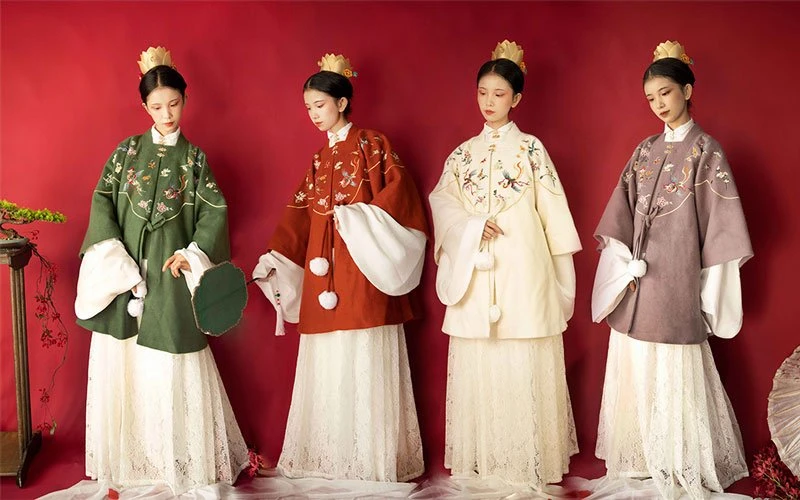
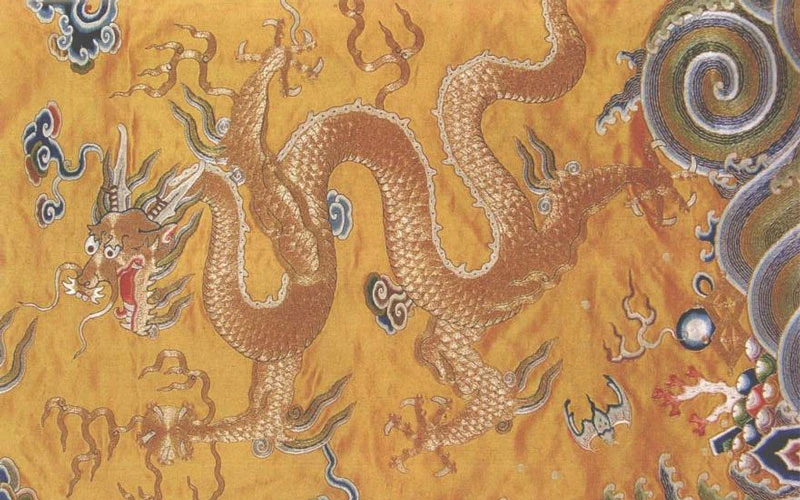

Very cool, thank you! 🙂
Curious that dragon-headed X is a such a popular creature design. I knew about the qilin, and the dragon-turtle (not mentioned here), but not the dragon-fish.
omg, amazing😍👍
The Tunshou myth is very interesting. Hmm... 🤓
Sangat kreatif😎